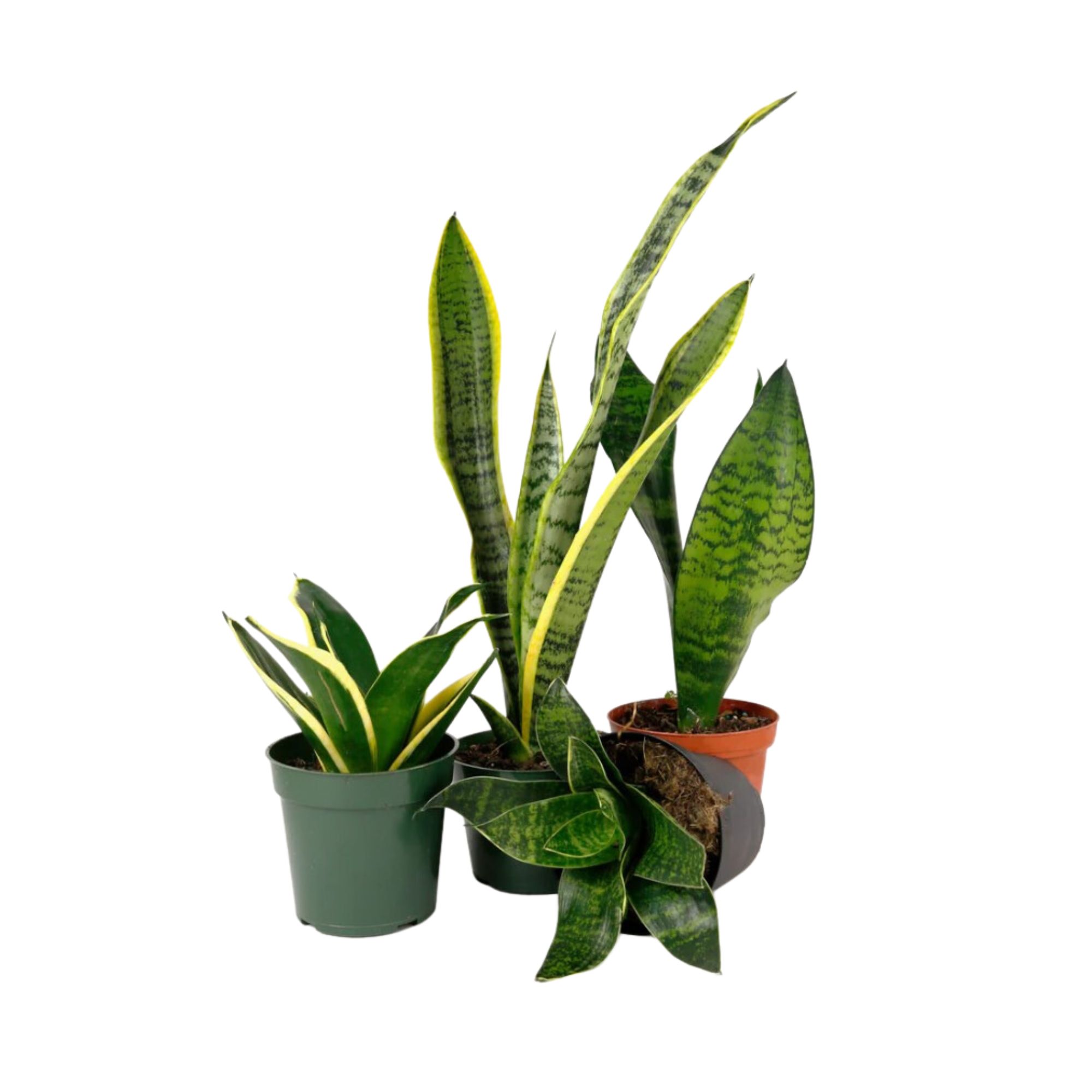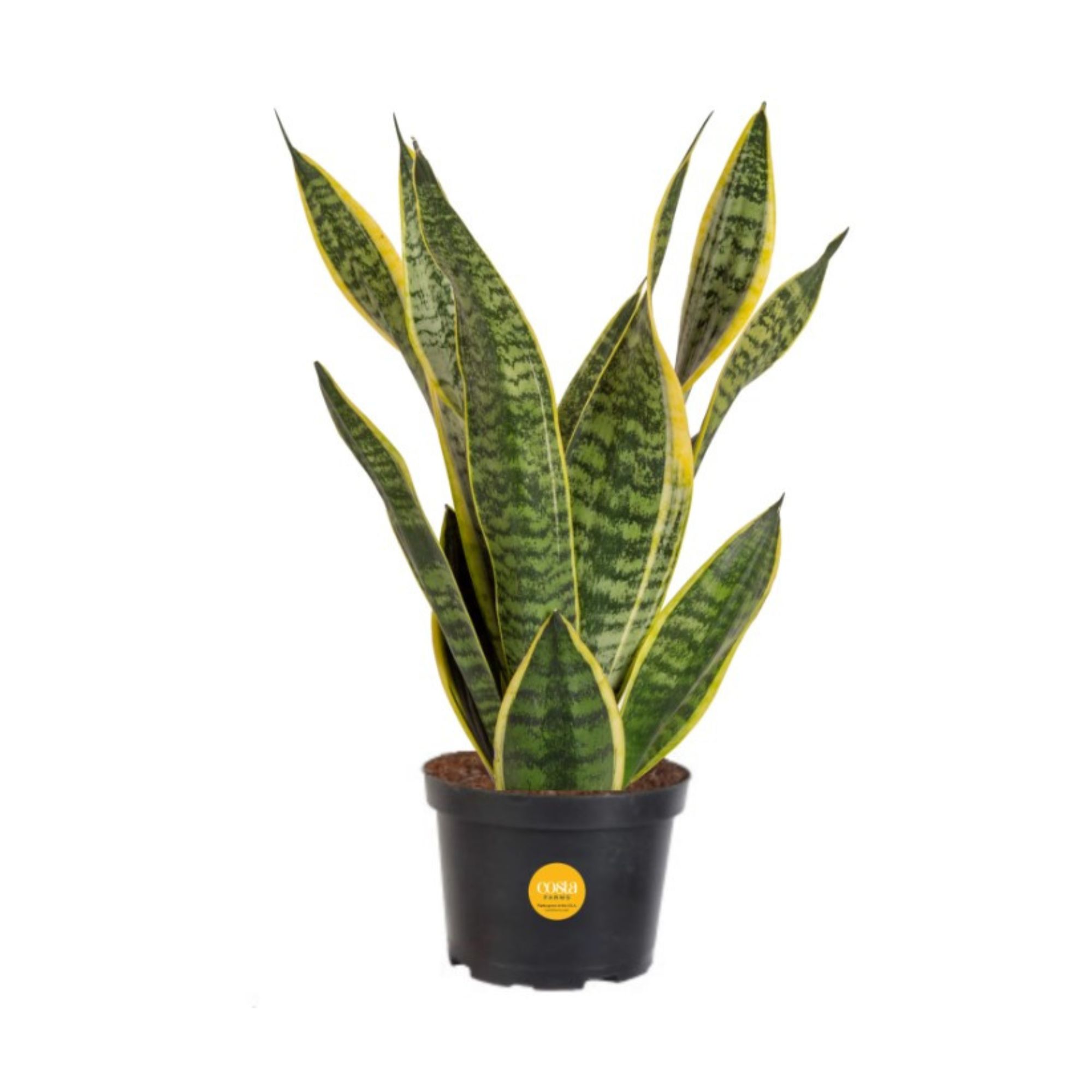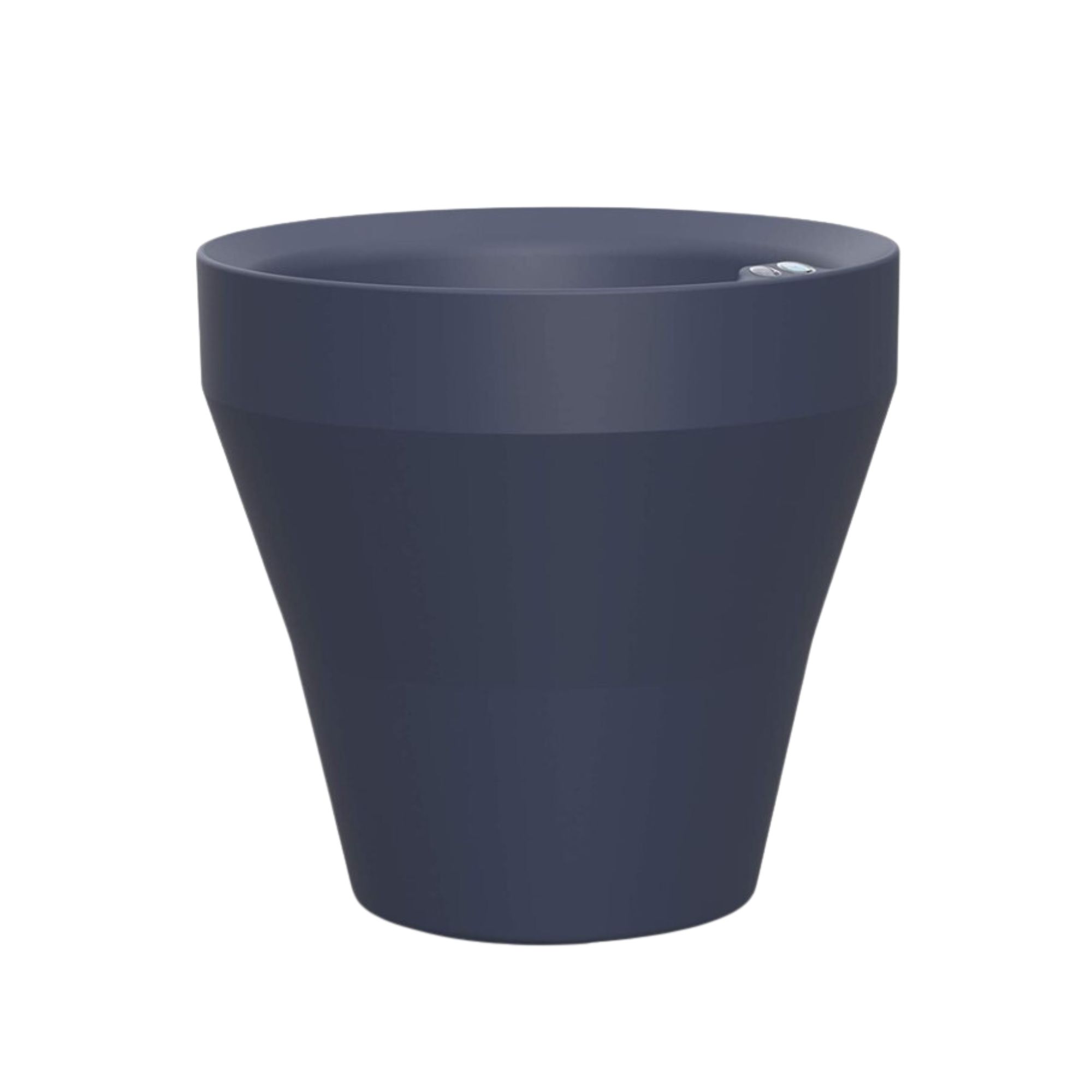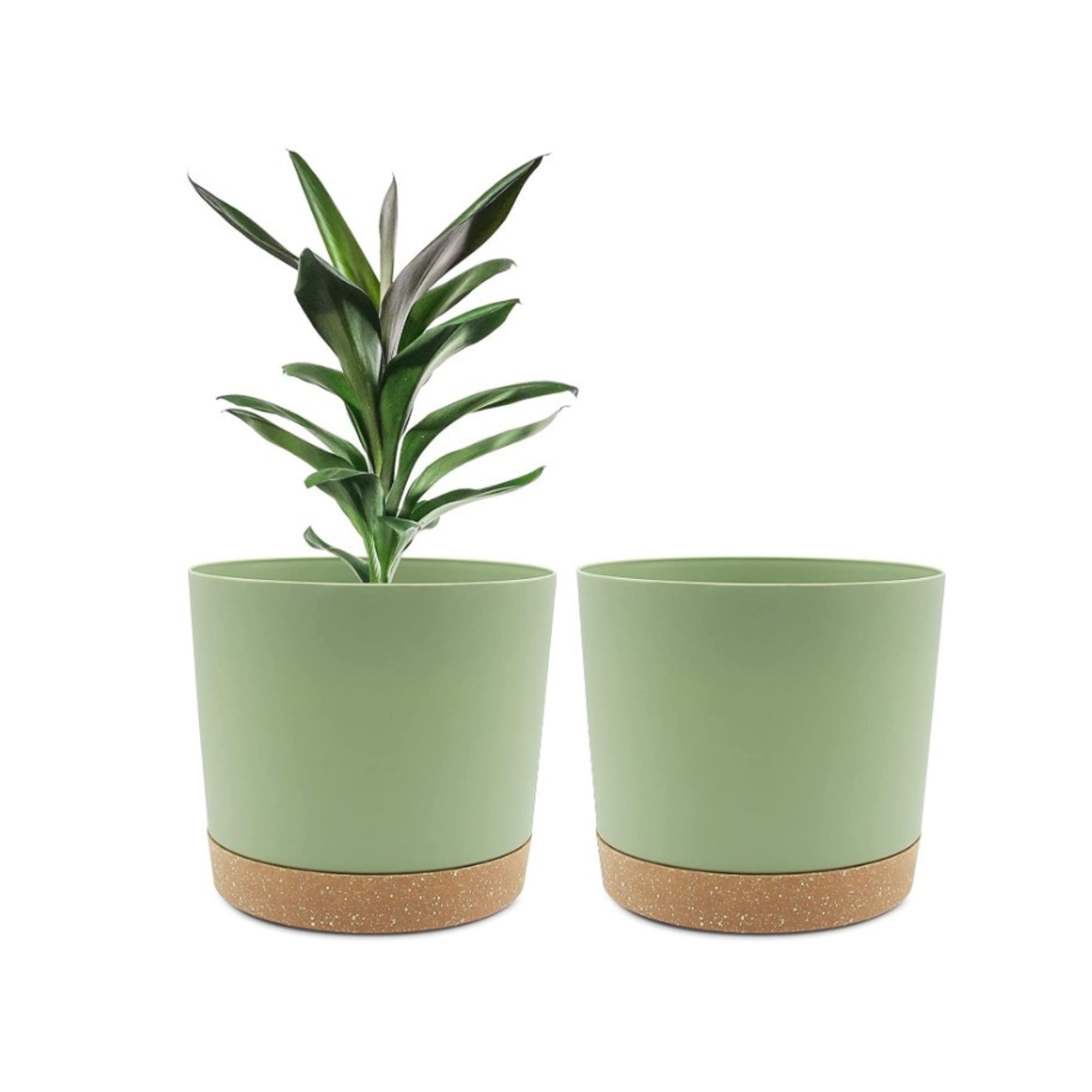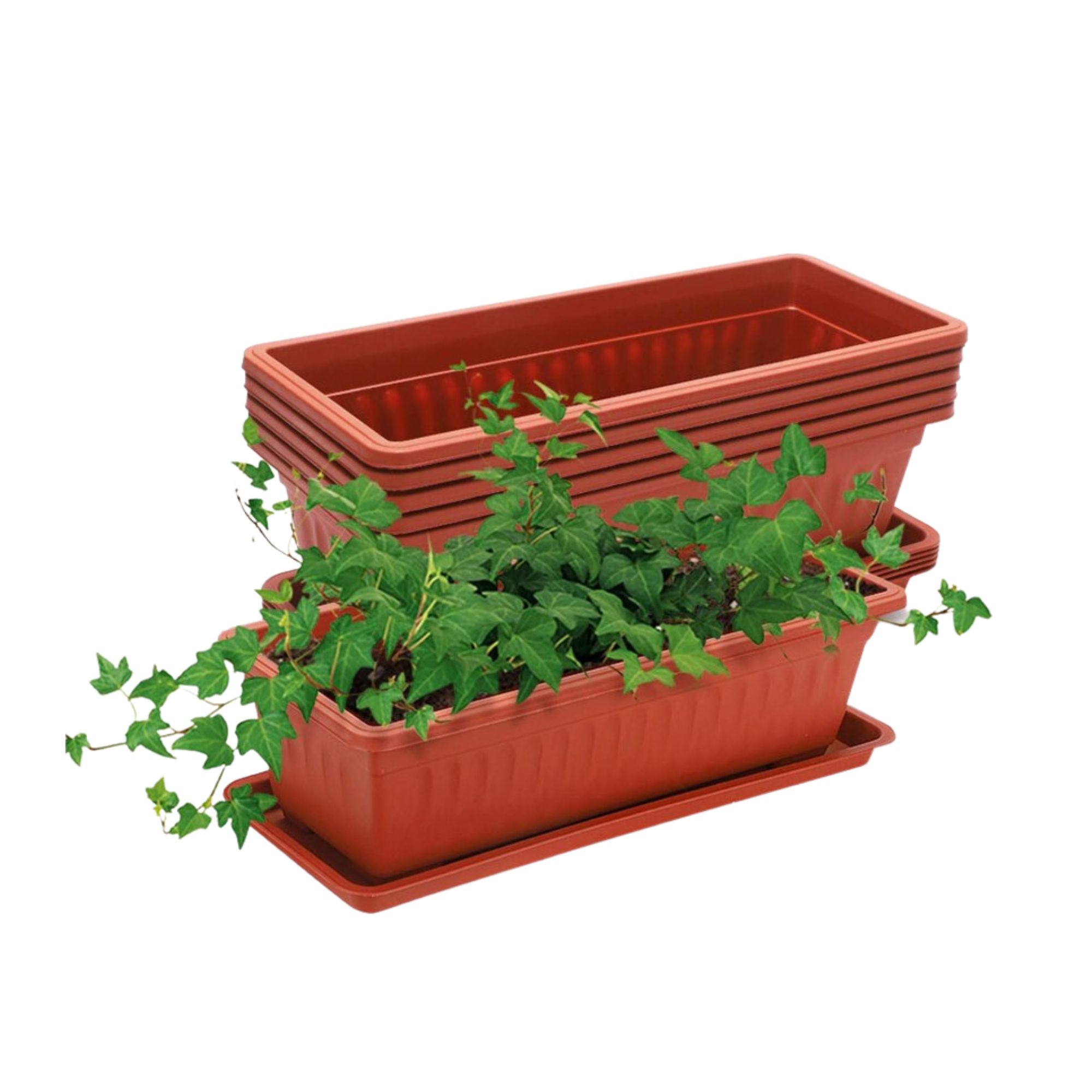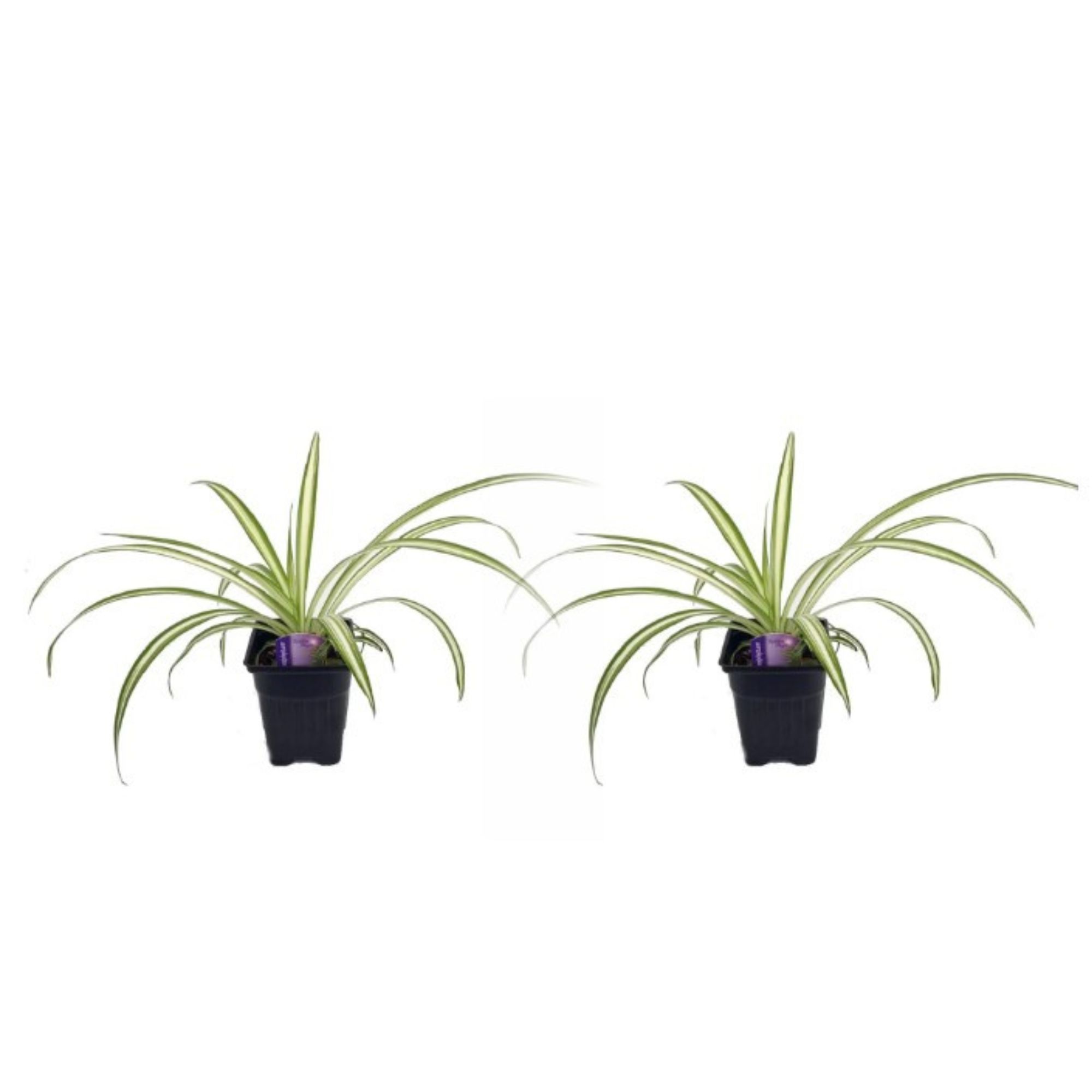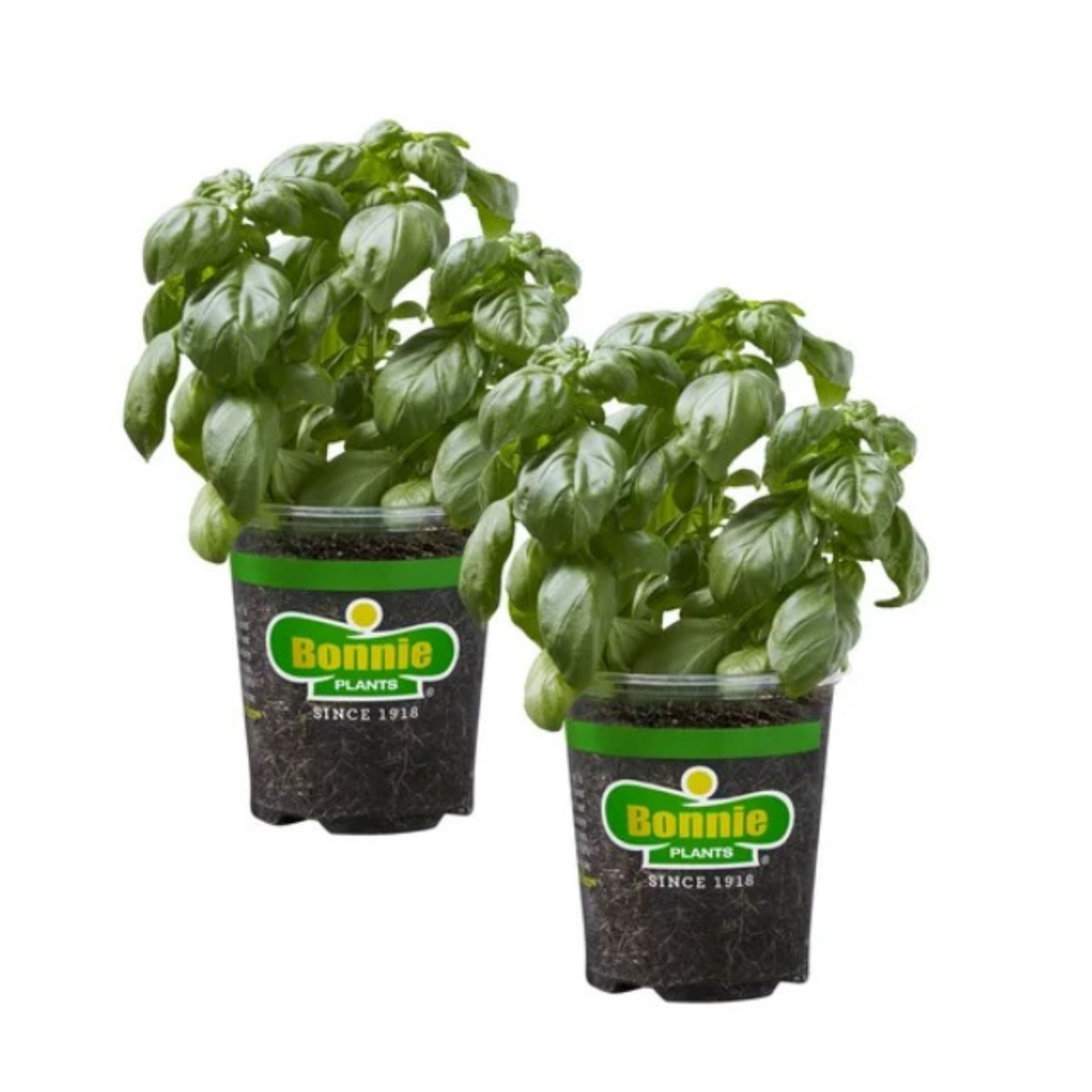Listen up: This is how to garden in an apartment
Green thumbs at the ready


When I first moved into my rental, I had no idea how to garden for the space I had. I just bought a lot of indoor plants, which then ended in a lot of wilting failures (RIP). Basically, having a teeny space and an even tinier outdoor space can be real tricky to work with.
This can make it difficult to know what plants to grow and where exactly you should be growing them. Add awkward lighting and the chance that you might not even have an outdoor space to the mix, and you’ve got a lot to think about.
I’ve spoken to a gardening expert to find out exactly how to garden in an apartment, covering how to get started, what sort of plants you should grow, and how to maintain them properly. Can you see your green thumbs glowing? I sure can.
It’s time to start living your forestcore fantasy — scroll on down for all the deets on how to get your garden growing…
How to start an apartment garden
From choosing the right spot to choosing the right pots, this is all the info you need to get started. I’ve also picked out some buys to help you with this.
The prices below were correct at the time of publishing this article.
Determine where your plants will thrive
First off, you need to work out where you want to place your plants and what kind of sunlight enters your apartment (i.e. through windows and glass doors). “Outdoor space gives you more options, but you can grow many plants inside, especially if you have sunny windows or if you want to invest in grow lights,” explains Barbara Wise, landscape professional and author of Container Gardening For All Seasons.
A sunny window is a window that receives direct light for at least five to six hours a day. "These are typically south- or west-facing windows," she says. "Indoor plants that grow in these areas often will be described as needing 'bright light.'" If you want to grow herbs or vegetables, sunny windows, sunny balconies, and/or grow lights are all important.
Wise also adds that some plants can thrive in what is called “indirect light,” which can either be an east-facing window or plants placed across the room from a south- or west-facing window. Getting this right is one of the key steps to properly caring for your houseplants.
Start with one or two plants
Yes, you might be tempted to go all-out at the nursery — but don’t run before you can walk, people. Wise says: “If your goal is to grow a few plants to cozy up the room and provide a natural air filter, choose some easy-to-grow and forgiving plants such as one of the more common philodendrons or a snake plant.” I have a philodendron plant and can confirm that it’s totally immune to my forgetfulness.
Keep your pet in mind
Have you got a cute dog or cat living in your apartment? Keep your furry friend safe by considering how they will interact with your plants. "Most dogs will leave plants alone that are out of reach, but cats can be a bit trickier," Wise explains. "Learn which plants are non-poisonous to pets and determine how much training time you may have to invest to teach pets to stay away from the plants."
Get small space home decor ideas, celeb inspiration, DIY tips and more, straight to your inbox!
You can try placing pet training mats around a planter, but this isn’t always successful. If you have a pet that you know may knock over your plants, think about keeping the plants higher up or opting for smaller plants.
Choose your planter wisely
It’s not just the plant itself that you’ve got to consider — you’ve got to think about its li’l bed, too. In general, Wise recommends going for lightweight planters, as you'll probs end up moving the planters around. She also suggests investing in a good quality plant caddy that is attractive and moves easily on different surfaces.
For indoor planters specifically, Wise says to choose either self-watering versions or cache pots. “A cache pot is an attractive pot without a drainage hole that a grow pot can be placed in," she explains. “Very few plants like sitting in water so this allows you to water your plants in a sink or tub. Then, you can place them in the cache pot that will protect your floors.”
When looking for self-watering planters, Wise says to find ones that provide small holes for water to seep in and allow capillary action to slowly water the plant. “The self-watering planter also can protect your floors from the drainage that comes from traditional planters that need drainage holes for the plant to grow successfully,” she says. Wise recommends self-watering planters like Crescent Garden’s Trudrop or TrudropFLEX, as they provide a water level indicator button that lets you know when to add more water.
If you have room on your window sill and want to use the space for greenery, indoor window boxes are also a fun way to grow smaller plants.
Best plants to buy for apartments
You can’t just stick any ol’ plant in your apartment and hope for the best. That being said, there are plenty that thrive in this sort of space. Wise notes that the best plants to spruce up an indoor garden really depend on what kind of light you get. “Spider plants, peace lilies, ZZ plants, and pothos are great ones to start with indoors.” She also adds that most herbs grow well in bright light. Growing fresh herbs to put in your pizza and pasta dishes? Now that’s a wholesome and delicious idea.
Outdoor plants for spaces like small balconies and patios will also be dependent on lighting. "For sunny spots on the balcony, during the warmer seasons grow flowering annuals, herbs, and vegetables," says Wise. For shadier spots, try caladiums, ferns, and hostas. Remember that most balconies have water runoff restrictions plus weight restrictions, so finding a lightweight self-watering planter will be important." Self-watering planters are legit so smart.
How to care for your apartment garden
Once you’ve got your apartment garden all set up, you need to maintain it so it stays bright and beautiful. “I find that watering is one of the biggest plant care issues, so make sure to learn your plants watering needs," says Wise. "Indoor plants need less water and most often die from overwatering." She adds that water meters and light meters are wise investments for indoor gardeners.
Another important item for the checklist is to inspect your plants regularly for insect or disease issues. If you’re unsure of how to save your plant, take it to your local garden center and see if they can work some magic.
How good does your apartment now look with gorgeous pops of greenery? Not only do they look aesthetic AF, but they’re also great for air quality. Mother nature, TYSM.

Hi there! I’m the former content editor at Real Homes and I'm now a freelance journalist.. I've been a lifestyle journalist for over five years, previously working as an editor across regional magazines. Before this, I graduated from Nottingham Trent University a degree in journalism, along with an NCTJ gold diploma. For Real Homes, I specialized in interior design, trends and finding the best viral buys.
